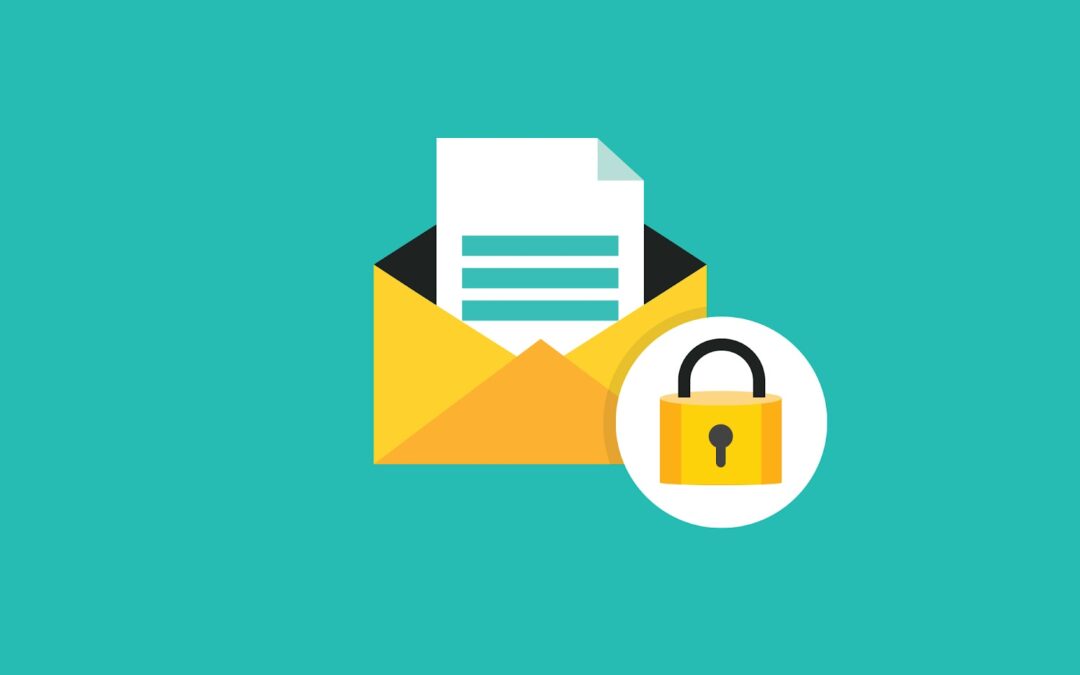Because we use email every day, and we often use passwords to access it, email can feel safe and secure – but, unfortunately, that’s not always quite true. If you look at the statistics around cybercrime, phishing and credential harvesting are the most common types of scams by a long shot, and they almost always come through email. Clicking on links or responding to just one of these malicious emails could put your network at risk and expose sensitive ākonga or kaiako data.
While your standard cybersecurity system and spam filter are helpful, a specialist email protection service can filter out more advanced threats and offer more insight into attacks. Of course, it’s also smart to be aware of email danger signs and know how to avoid falling for a fraudulent message.
It’s about putting multiple layers of protection between your school and email scammers so you’re more likely to spot those sneaky attacks if they do reach your inbox.
Mehak Talwar, one of N4L’s Security Analysts, says: “Just as you secure your front door, safeguarding your email is equally important.”
Here’s how:
Email protection starts with people
According to one study, 88% of cybersecurity breaches are caused by human error – whether it’s clicking on a malicious link in an email or handing over data because a scam message looks legitimate.
That’s why your email security plan needs to include your ākonga, kaiako and anyone else using email on your network. It doesn’t have to be complicated – for example, educating and reminding users about the signs of an unsafe email and letting them know what to do if they spot one.
Spot the signs:
- No name – the email doesn’t address you by name or uses your email address in the name field.
- Incorrect language – the email uses bad grammar or spelling, odd phrasing or unusual word choices.
- Personal requests – the email asks for personal information, money or bank details, even if it seems to come from someone you know. Double-check any requests over the phone or in person before you reply.
- Strange attachments – email attachments ending with extensions like .exe, .bat, .scr or .com indicate that the file is designed to actively run a program on your computer.
- Hidden links – links within the email are masked to hide their location – check this by hovering over the link and reading the URL before you click.
- Hidden sender – the purported name of the sender (for example, Amazon) is inconsistent with the email address. Check the email address is consistent with the sender’s name by hovering over the ‘from’ field in your inbox. If you don’t know the email address, don’t trust it or open it.
Stopping millions of emails at the source
Our specialist Email Protection service is a bit like a net for your email system, catching bulk emails and emails that come from suspicious sources or have other spam indicators. Mehak describes Email Protection as “…crucial for safeguarding sensitive information and preventing cyber attacks”.
Here’s a snapshot of what that means – with numbers taken for the 2022/23 financial year, across the N4L network.
Total inbound emails to NZ schools: 820.9 million
Total of those emails blocked: 499.4 million
Total delivered emails to NZ schools: 321.5 million
That’s a huge number of potentially unsafe emails that didn’t reach school inboxes. The result? Fewer accidental clicks, a lower risk of data loss and a safer digital environment in NZ schools.
Expert email protection
Proofpoint, a leading cybersecurity organisation, provides our Email Protection platform. It’s fast-moving and efficient, identifying and blocking new threats as soon as they pop up. Our security team is proactive about monitoring incoming emails and will reach out to schools or kura so they’re aware of any potential security risks. The service works with common email providers, including Gmail and Microsoft, adding an advanced layer of protection on top of the standard spam filter.
Email Protection is funded by the Ministry of Education, making it accessible to all eligible New Zealand schools and kura. Even better, there’s no complex set-up process – just get in touch with N4L, and we can help get it sorted. Unsure if your school is already using Email Protection? Call us on 0800 LEARNING and we can let you know.
If you’re interested in reducing the risk of unsafe emails and cyber scams? Talk to N4L now – or check out our Email Protection page for more details.
If you’d like to hear more from N4L, or see more blogs like this, why not subscribe?

